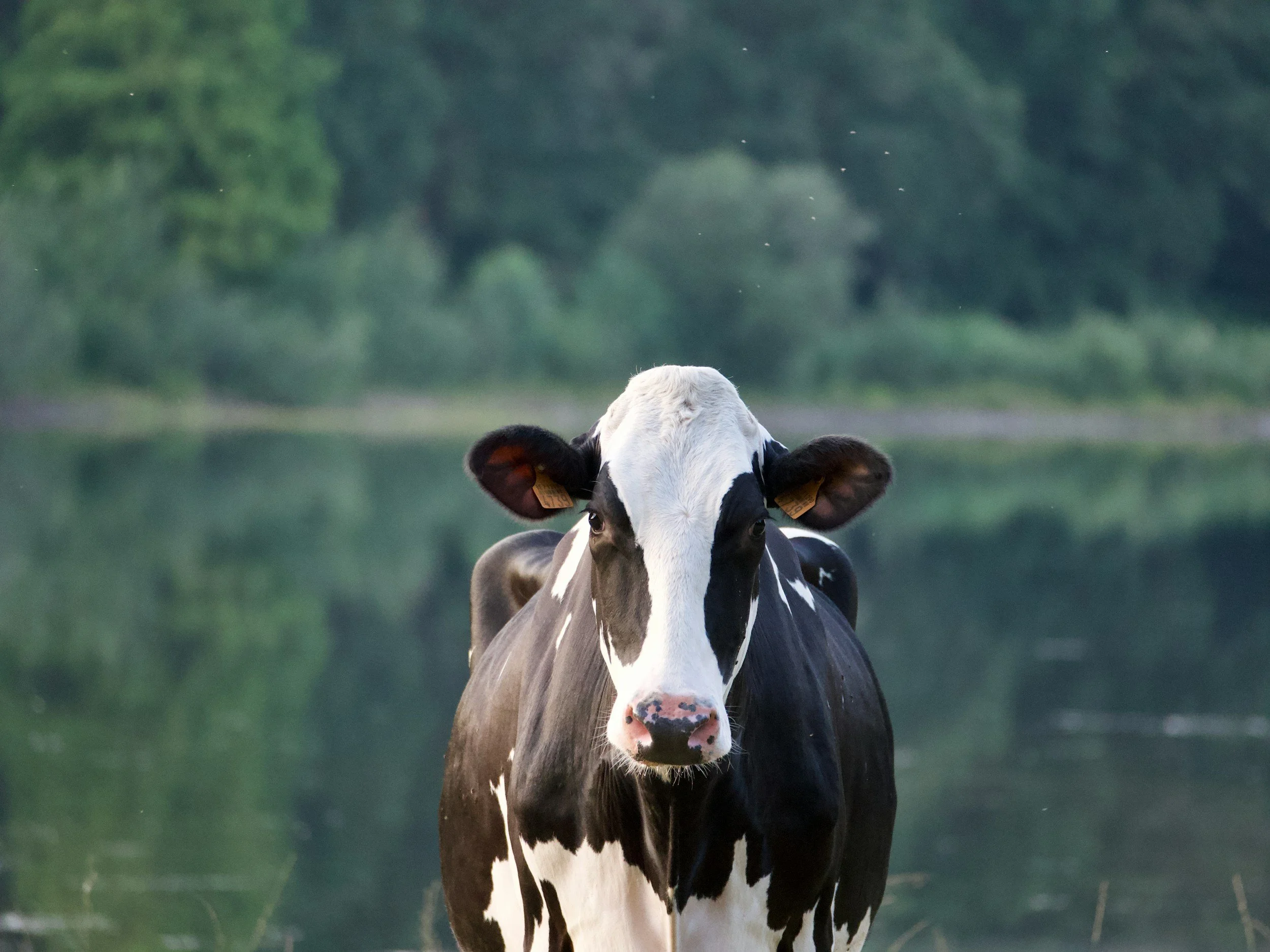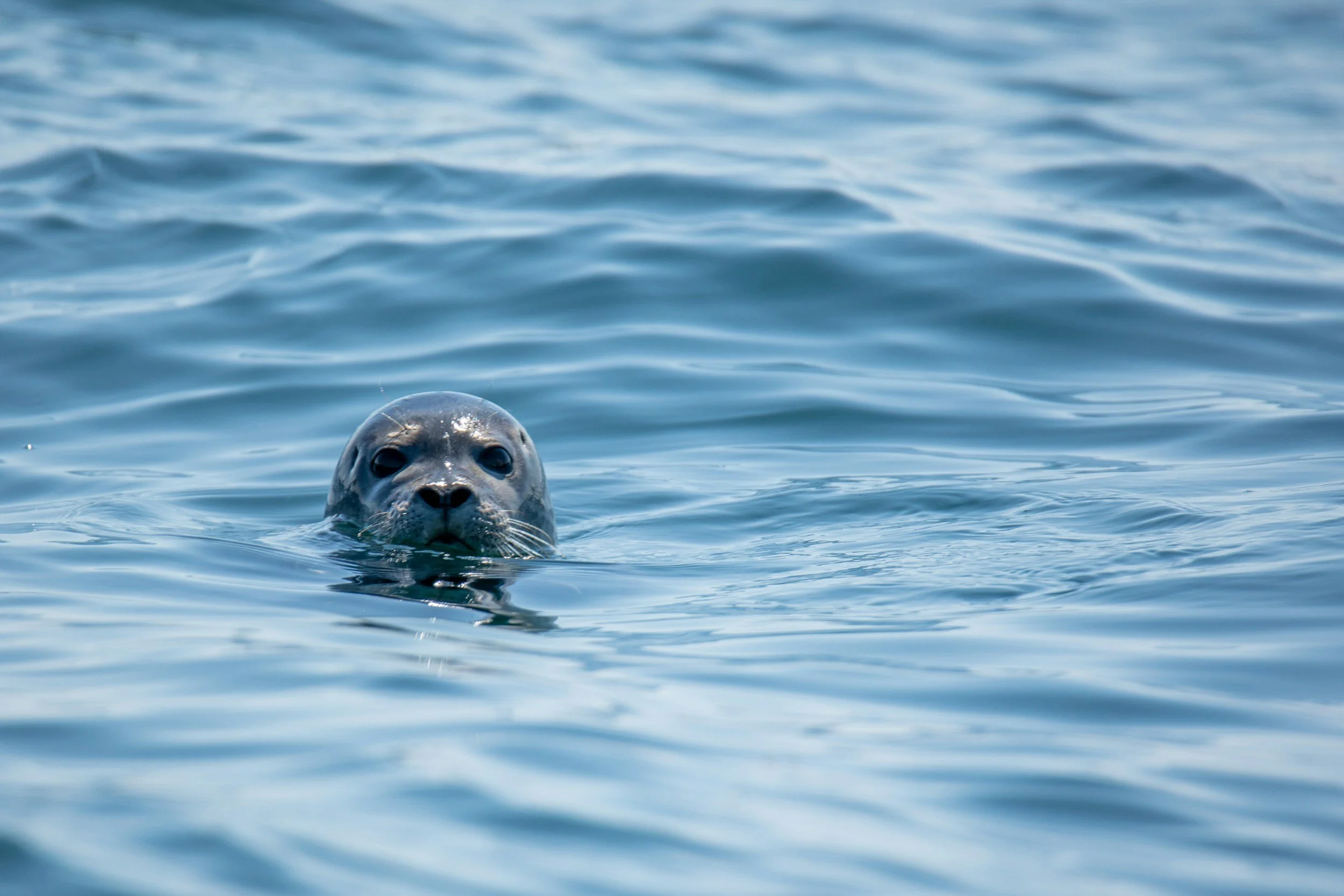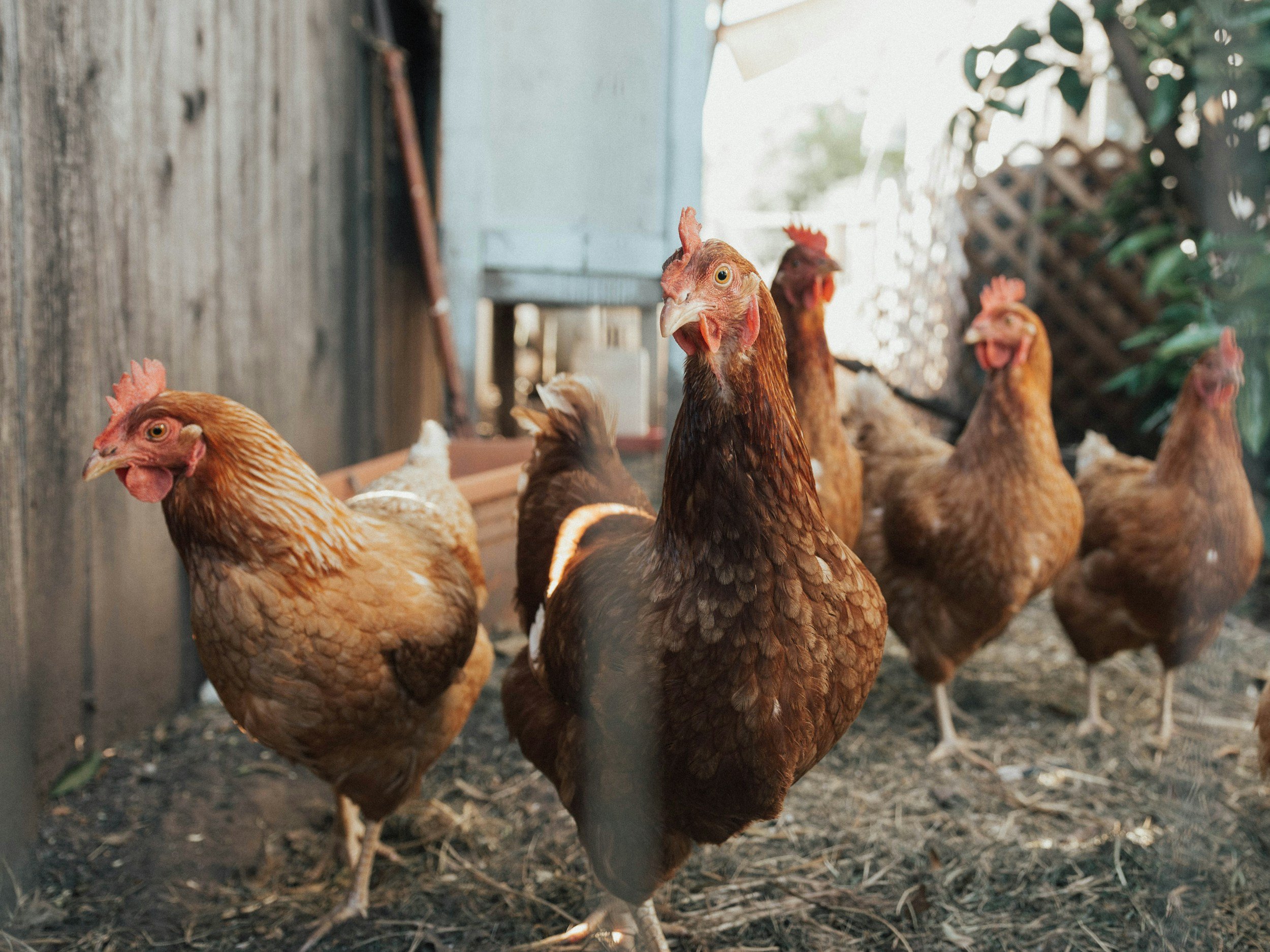

Bird flu persists in raw milk cheese, according to Cornell
Raw milk cheese products contained infectious avian influenza virus when made with contaminated raw milk, creating potential health risks for consumers, according to a new study.

Breakthrough in Avian Influenza Control: Vaccination Trial Offers Lifeline for New Zealand’s Rarest Birds
New Zealand veterinarians and scientists have achieved a world-first breakthrough by successfully vaccinating critically endangered bird species, including the kākāpō and takahē, against avian influenza. The trial showed strong antibody responses in four species, offering hope for preventing extinction from H5N1 outbreaks. This landmark initiative highlights the vital role of veterinary medicine in wildlife conservation and ecosystem protection.

USDA Declares Minnesota Dairy Herds Unaffected by Bird Flu
Minnesota dairy herds have officially been declared “unaffected” by the highly pathogenic avian influenza (HPAI H5N1) virus, the USDA confirmed in September 2025. After one case earlier this year, months of negative testing allowed Minnesota to regain “Unaffected” status under the National Milk Testing Strategy. The change reduces testing frequency but keeps interstate movement restrictions in place, as bird flu continues to affect herds in Texas, Arizona, California, Nevada, and Idaho.

Gray seals perplex scientists with lack of response to flu infection
Something strange happens when two kinds of seals living in the waters around Cape Cod get infected with influenza – harbor seals get sick but gray seals don’t. Scientists know that both gray seals and harbor seals can contract influenza. But, generally, only harbor seals get sick and may die from the virus.

Could Bird Flu Vaccines Be Coming to U.S. Poultry? USDA Signals Possible Shift
In a potential first for U.S. agriculture, the U.S. Department of Agriculture (USDA) is drafting a formal plan to vaccinate poultry against highly pathogenic avian influenza (HPAI)—a move that could reshape both disease control and global poultry trade.

Bird Flu Strikes Again: Fourth Arizona Poultry Farm Hit with Avian Influenza
The avian influenza outbreak in Maricopa County, Arizona, has now reached a fourth commercial poultry farm. The latest affected site—dubbed Maricopa 05—was flagged through routine surveillance testing on June 4, 2025, before any birds showed clinical signs of illness.

